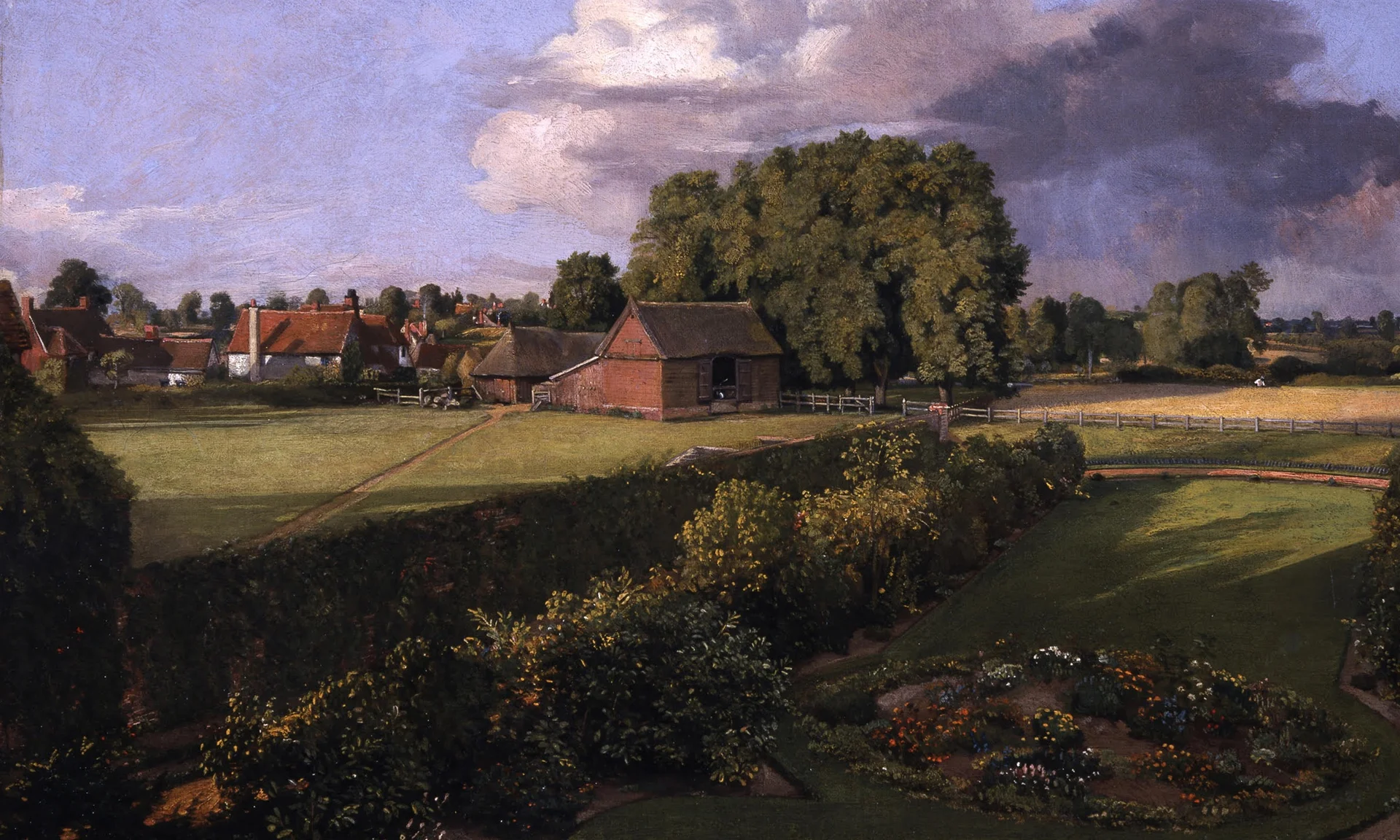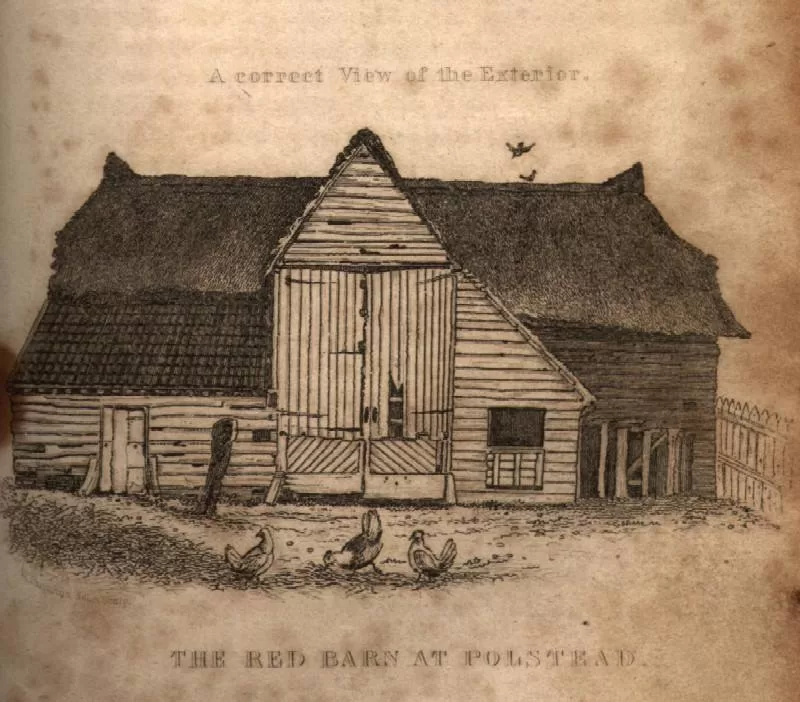
In East Anglia, we are fortunate to benefit from an abundance of traditional farm buildings, most of which are built from either traditional red brick (as well as flint and clay lump) or of a timber frame with wooden cladding.
And just as ubiquitous as the barns themselves is their colour. They are almost invariably black. After all, that is the traditional colour for a timber-clad historic barn, right?
The practice of painting barns black became commonplace in the 1830s, and the black was not paint, but tar, which had protective qualities, preventing rot and damage from insects and water. But before then, timber stains were likely oil-based, probably using linseed oil and various oxides to create a pigment.

Red was particularly common, and this is evident from paintings and stories from the time. Constable’s ‘Golding Constable’s Flower Garden’ painting (1815) shows a thatched, timber-clad barn painted ochre for example. The famous ‘Red Barn Murder’ of 1827 took place in a barn in Polstead, often mistakenly assumed to be so named because of a small part of its roof being red clay tiled, but it is more plausible that this barn was painted red.
The use of red paint was logical given that it was likely made using linseed oil and iron oxide (i.e. rust powder) both of which would have been readily available on farms at the time. Barns in the USA are still predominantly red, and it is possible that the tradition of using linseed oil and iron oxide was exported from Europe.

There are also examples of weatherboarding being painted white or cream. This would have been achieved wither through distemper (mixing ground chalk with size, a weak glue and water), or mixing slaked lime and water to make a limewash. Pigments could then be mixed with these to achieve a red or yellow ochre. Remnants of both red and yellow paints can be seen on a barn in South Norfolk as evidence of this.
Though not a barn, White Cottage in the grounds of Framlingham College was the only remaining example of a weatherboarded dwelling in East Suffolk until its rather disappointing demolition in 2023. Outside of East Anglia, the Grade II Listed White Barn at Great Dixter House and Gardens in East Sussex dates from the early 18th century and is believed to have always been white.
It is also very plausible that barns would not have been painted at all. There are numerous examples of unpainted weatherboarding to barns. Unpigmented linseed oil may have been used in these cases – indeed, this is still used for exterior garden furniture for example.

Unfortunately, the common assumption that barns should be painted black is well embedded, and it is likely that a compelling justification would be needed to choose a different colour, if a planning application or listed building consent is required. A 1994 planning appeal relating to a barn that had been painted white as part of a residential conversion concluded that ‘Suffolk barns must remain black’. Literature on the subject is fairly limited, and because the use of tar pre-dated the advent of photography, evidence of earlier pigments is only found through remnants of paints on buildings themselves, paintings and anecdotal evidence.
This is not a call to move away from painting barns black altogether, rather an appeal for deeper consideration before assuming that black is the appropriate choice. After all, we paint our homes a variety of colours, why not re-introduce that diversity into our outbuildings?
Images:








